The country has about 20.6 million people with an average income of 1.45 million VND/person/month. The low-income population mainly resides in mountainous and disadvantaged areas.
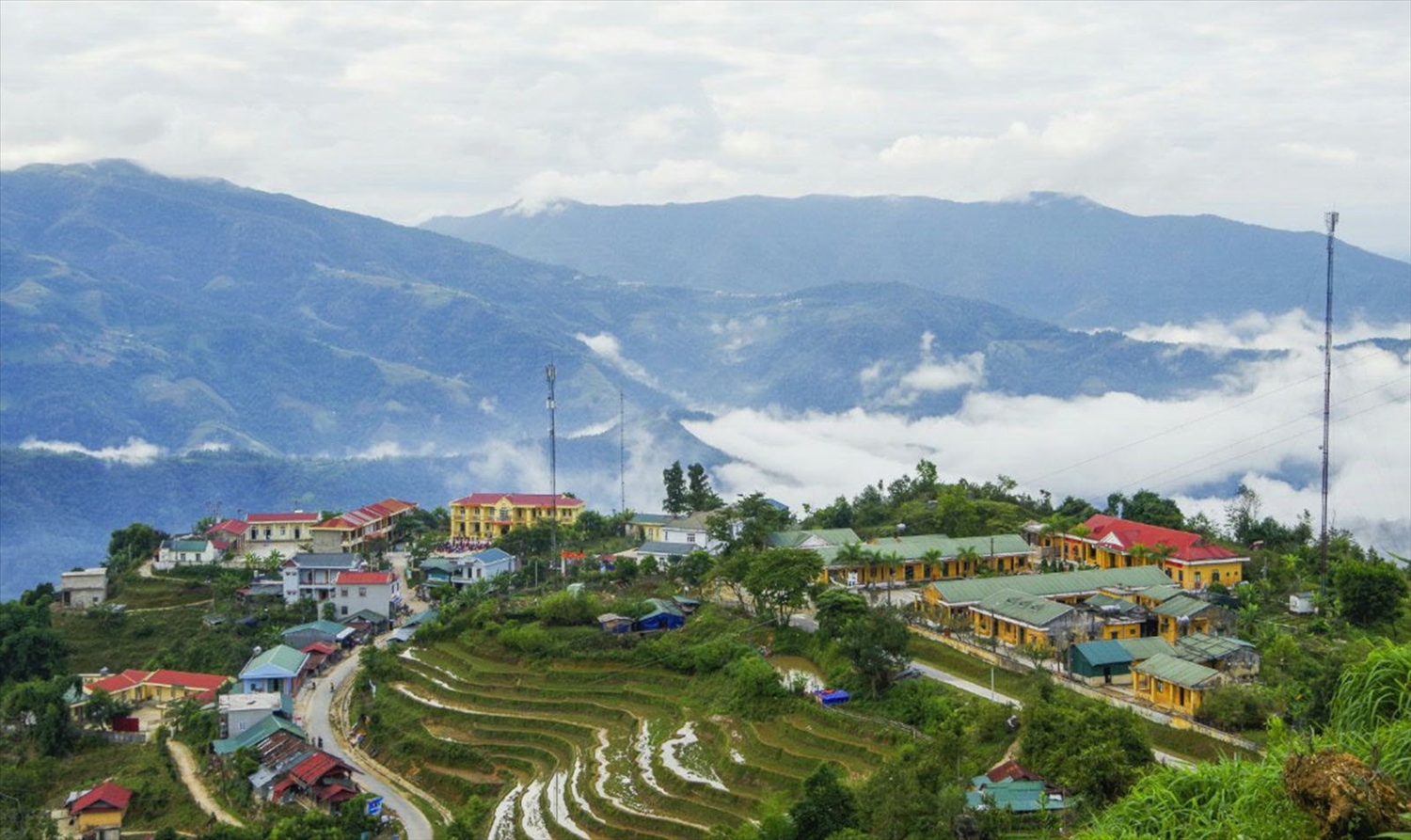
Big difference
Narrowing the development gap between regions and people's living standards is a consistent and continuous policy of our Party and State. However, there is still a huge gap in income between population groups.
The results of the 2023 population living standards survey by the General Statistics Office (GSO) show that the group of households with the richest income (accounting for about 20% of the country's population) has an average income of 10.86 million VND/person/month; 7.5 times higher than the group of households with the lowest income, with an average income of only 1.45 million VND/person/month.
Currently, our country is divided into 6 socio-economic regions, including: Northern Midlands and Mountains; Red River Delta; North Central and Central Coast; Central Highlands, Southeast Region; Mekong River Delta. In which, Northern Midlands and Mountains, Central Highlands and Mekong River Delta are the main areas of residence, concentrated by ethnic minorities.
According to the General Statistics Office, the group of households with the lowest income accounts for about 20% of the country's population, equivalent to about 20.6 million people. The majority of the group of households with the lowest income are mainly ethnic minorities, residing in rural and mountainous areas.
This leads to a large development gap between economic regions. According to the survey results of the General Statistics Office, in 2023, the Southeast region will have the highest average income per capita (6.52 million VND/person/month); the region with the lowest average income per capita is the Northern Midlands and Mountains (3.44 million VND/person/month).
The income gap is also evident between rural and urban areas. In 2023, the average income per capita in urban areas will reach VND6.26 million/person/month, nearly 1.5 times higher than that in rural areas (VND4.17 million/person/month).
But it is also necessary to affirm that, with the investment resources and support of the State, the areas considered as the "core of poverty" of the whole country have had strong steps of socio-economic development. The living standards of the people have been raised, the development gap between regions, between urban and rural areas, has been gradually narrowed.
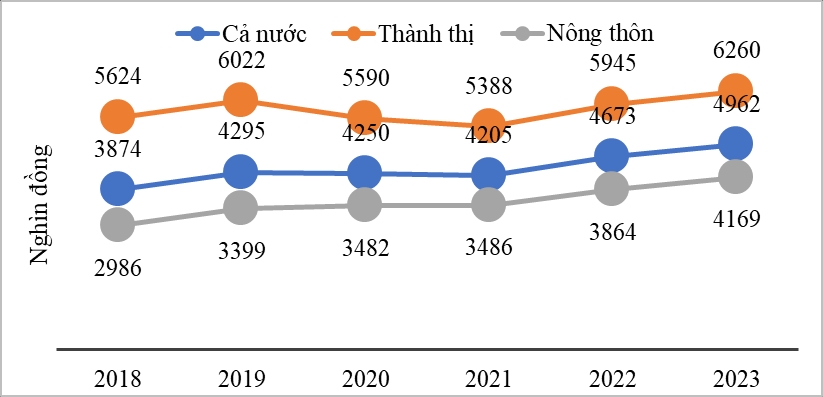
The survey results of the General Statistics Office show that in 2020, the group of households with the richest income was more than 8 times higher than the group of households with the lowest income (by the end of 2023, it will narrow to 7.5 times). Also at this time, the average income per capita of the Northern Midlands and Mountains region only reached 2.7 million VND/person/month, 2.2 times higher than the region with the highest income, the Southeast (6.0 million VND/person/month).
What to do to bridge the gap?
In the National Target Program on Socio-Economic Development in Ethnic Minority and Mountainous Areas for the 2021-2025 period according to Decision No. 1719/QD-TTg (referred to as National Target Program 1719), the Government strives that by 2025, the average income of ethnic minorities will increase by more than 2 times compared to 2020.
In 2023, the average income per capita at current prices will reach 4.96 million VND/person/month, an increase of 6.2% compared to 2022. The proportion of income from self-employed agricultural, forestry and fishery activities tends to decrease, from 13.3% in 2018 to 10.2% in 2023 in the income structure.
Looking at the results of the 2023 population living standards survey by the General Statistics Office, this goal is still feasible, but requires a high level of focus in implementing investment and support policies under the National Target Program 1710, while effectively integrating other programs and projects to create a breakthrough. In fact, areas with a large concentration of ethnic minorities are still "lowlands" in terms of income.
Take the Northern Midlands and Mountains – the region with the lowest average income in the country – as an example. This is a region with nearly 7 million ethnic minorities living in concentration, accounting for more than 50% of the country’s ethnic minority population.
In 2020, the average income of the whole region was 2.7 million VND/person/month. According to the simplest calculation when implementing the National Target Program 1719, by 2025, the average income of the whole region must reach 5.4 million VND/person/month or more.
Compared to 2020, by the end of 2023, the average income per capita of the Northern Midlands and Mountains region has increased from 2.7 million VND to 3.44 million VND/person/month. Thus, the target of increasing average income by 2 times or more by 2025 for the entire region can be achieved; but for localities in the region that are currently the "core of poverty", it will be very difficult.
Like Muong Te district of Lai Chau province, according to Resolution No. 25/NQ-HDND of the District People's Council on the socio-economic development plan, ensuring national defense and security in 2024, Muong Te strives to increase the average income per capita of the whole district to 29.5 million VND/person/month. That means, if efforts are made and the State's investment and support resources are effectively utilized, by the end of 2024, the average income per capita of Muong Te district will only reach about 2.45 million VND/person/month.

From the reality of the average income of Muong Te district, it can be seen that the income gap and the gap between rich and poor have become clearer than ever. According to Mr. Pham Minh Huan (former Deputy Minister of Labor - Invalids and Social Affairs), since our country switched to a market mechanism, the gap between rich and poor has become a trend.
To narrow this gap, the State needs to continue investing more resources in infrastructure so that the poor have means of production, while supporting production development and strengthening social security policies. Poverty reduction programs need to be given more attention to vocational training and job creation for ethnic minority workers.
It should also be noted that narrowing the gap is not only about the economy but also about the level of access to basic and essential social services... The results of the 2023 population living standards survey have shown the shortage of basic social service indicators of low-income groups, which is the basis for proposing policy recommendations for the coming period.
Ethnic and Development Newspaper will reflect this content in the next issue.
The 2023 household living standards survey was conducted in 63 provinces and centrally run cities; including 46,995 households representing the whole country, urban and rural areas, 6 geographical regions, provinces/centrally run cities. Information collected in the survey includes: income, demographics, education, health, employment, durable goods, housing, electricity, water, sanitation conditions and some information on access to information and communication technology.
Source: https://baodantoc.vn/nhin-tu-ket-qua-khao-sat-muc-song-dan-cu-vung-trung-ve-thu-nhap-bai-1-1718251412560.htm


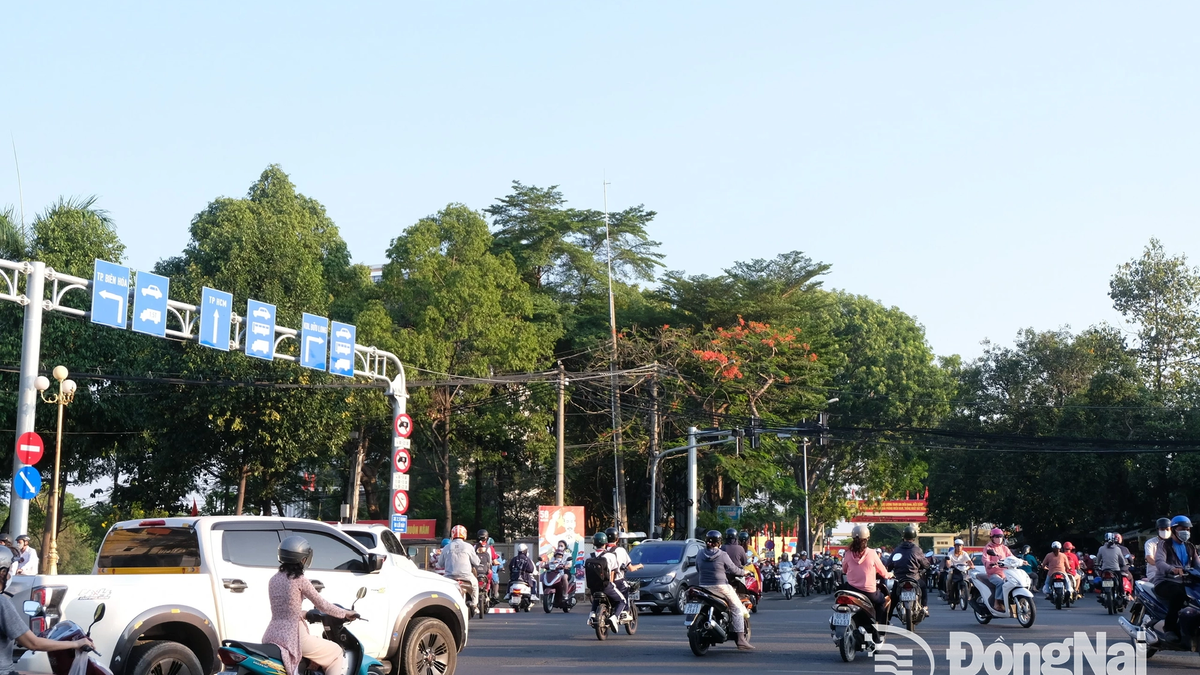
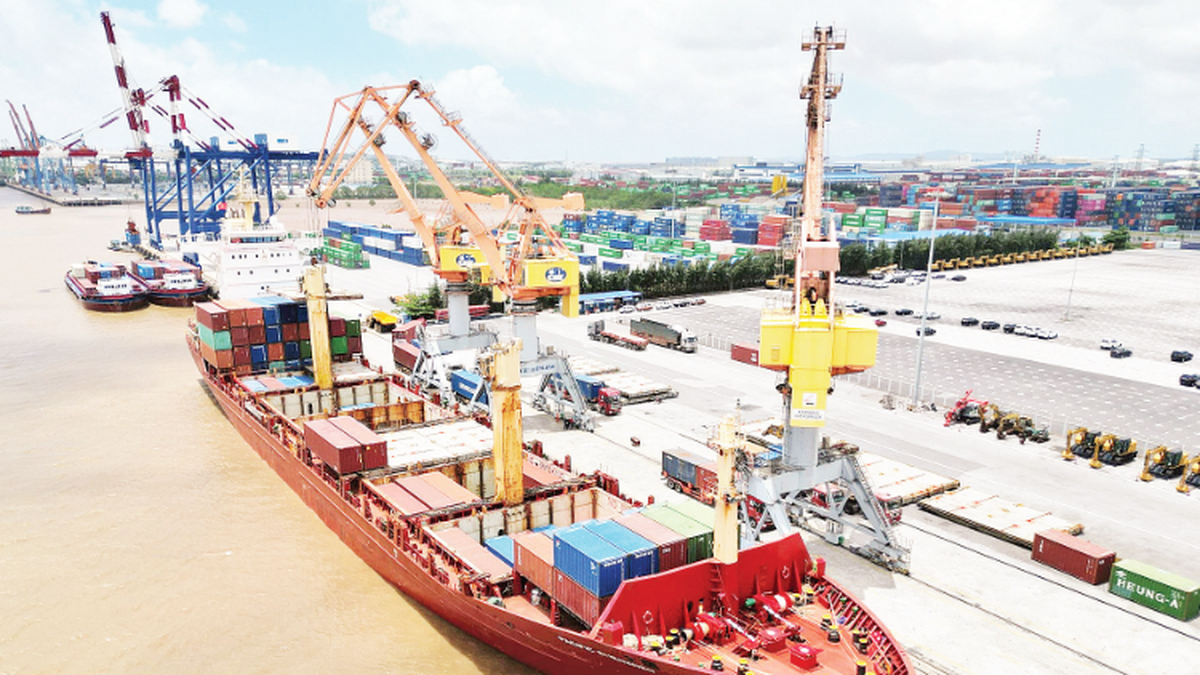
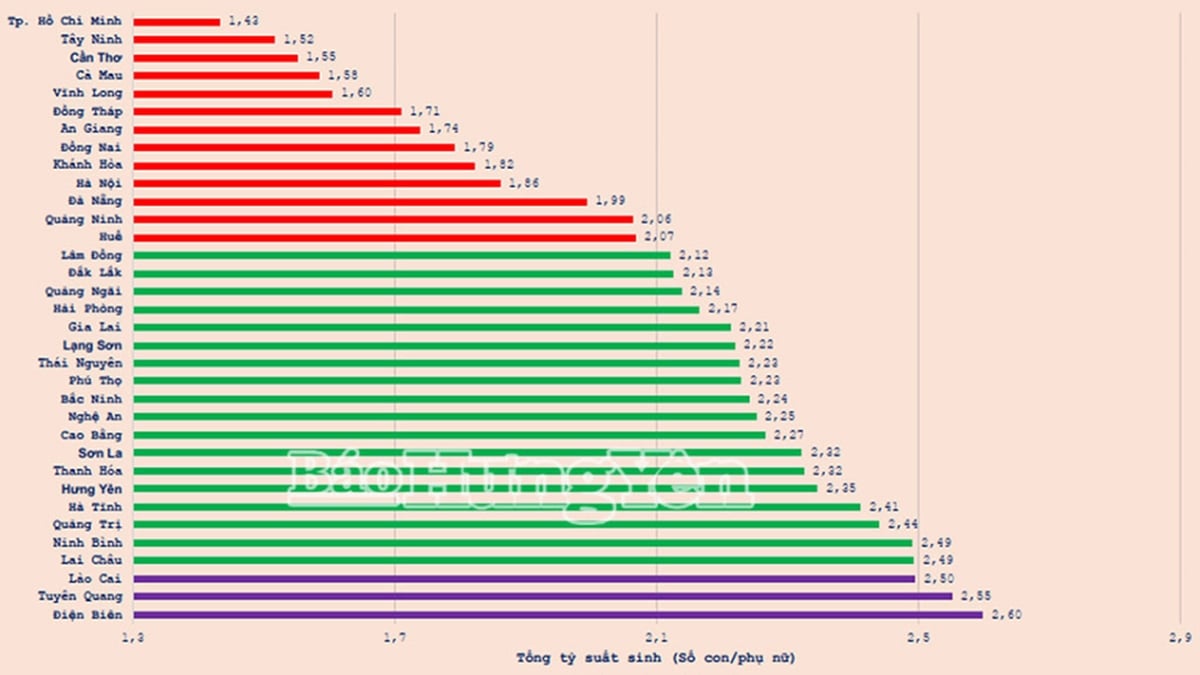



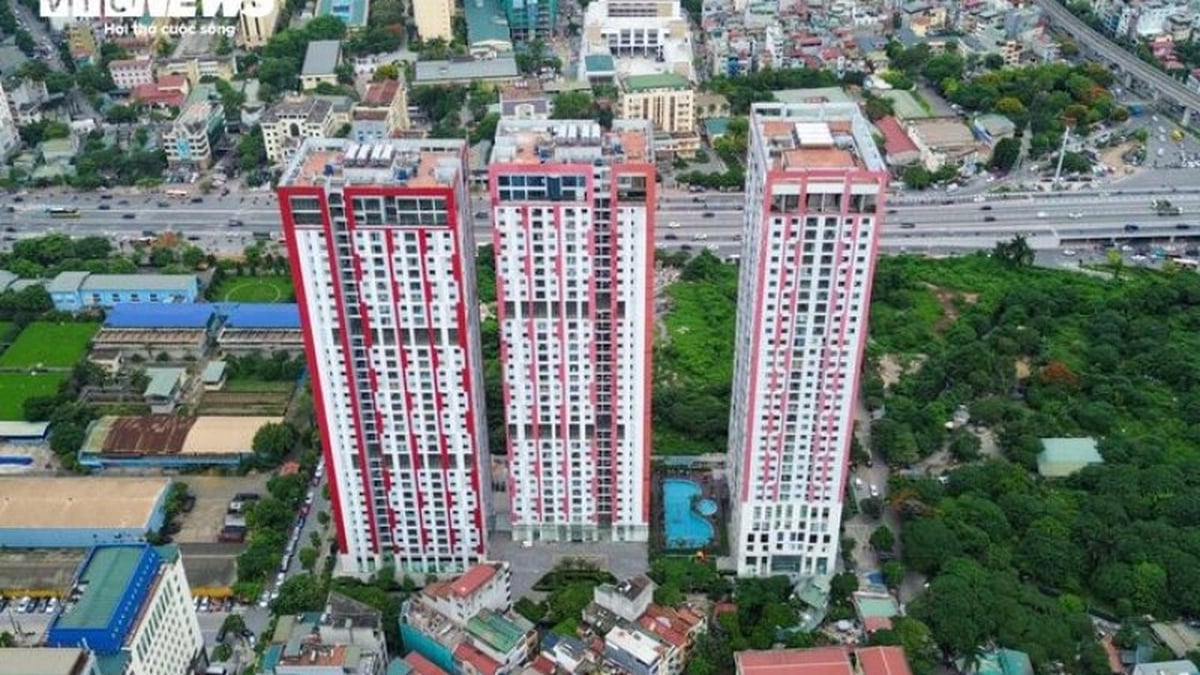


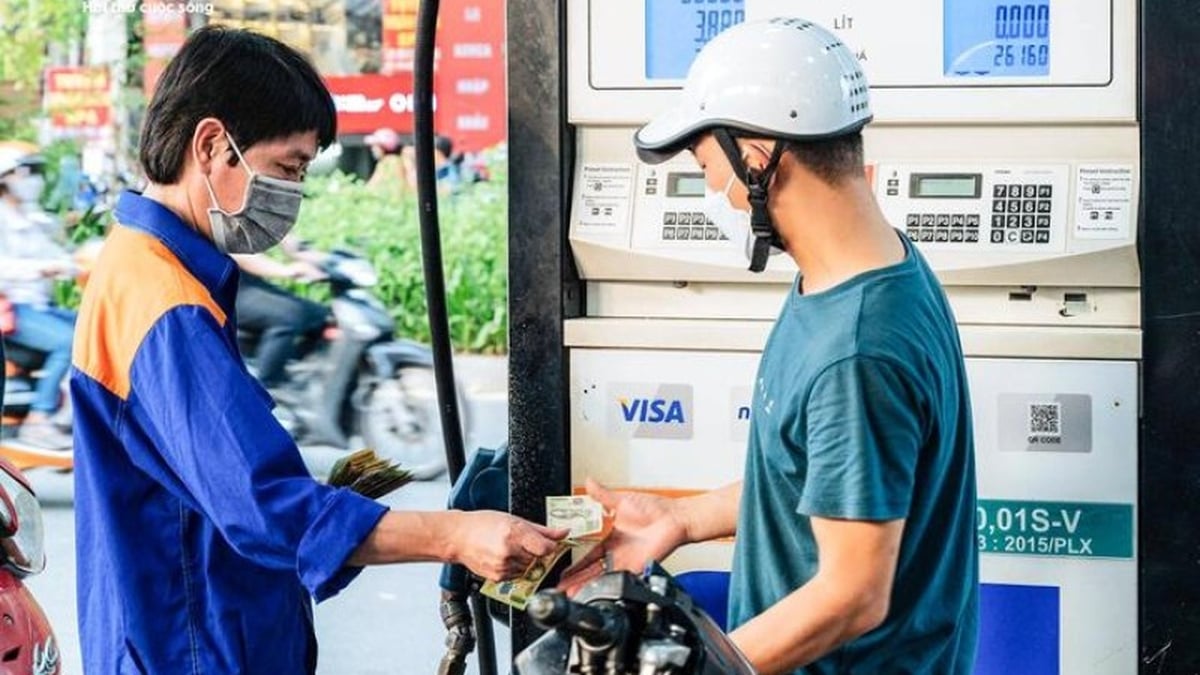






































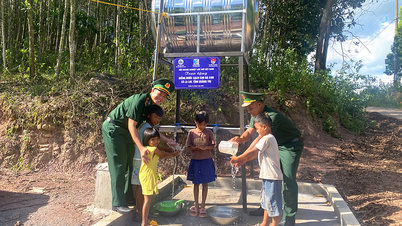












![[Maritime News] More than 80% of global container shipping capacity is in the hands of MSC and major shipping alliances](https://vphoto.vietnam.vn/thumb/402x226/vietnam/resource/IMAGE/2025/7/16/6b4d586c984b4cbf8c5680352b9eaeb0)





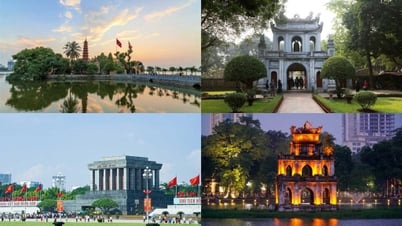



























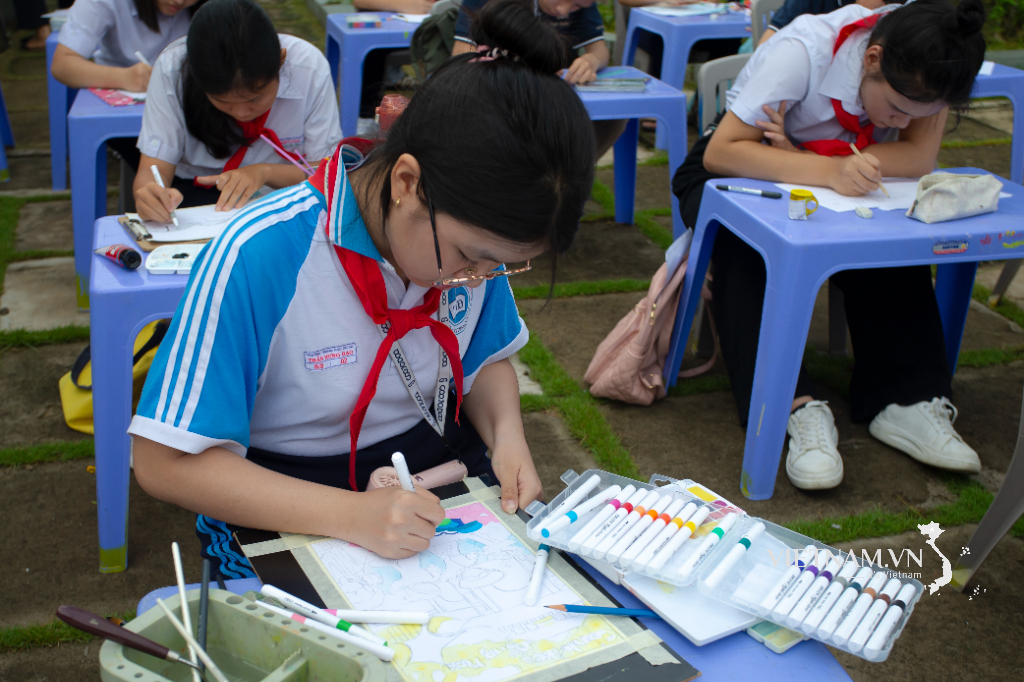



Comment (0)